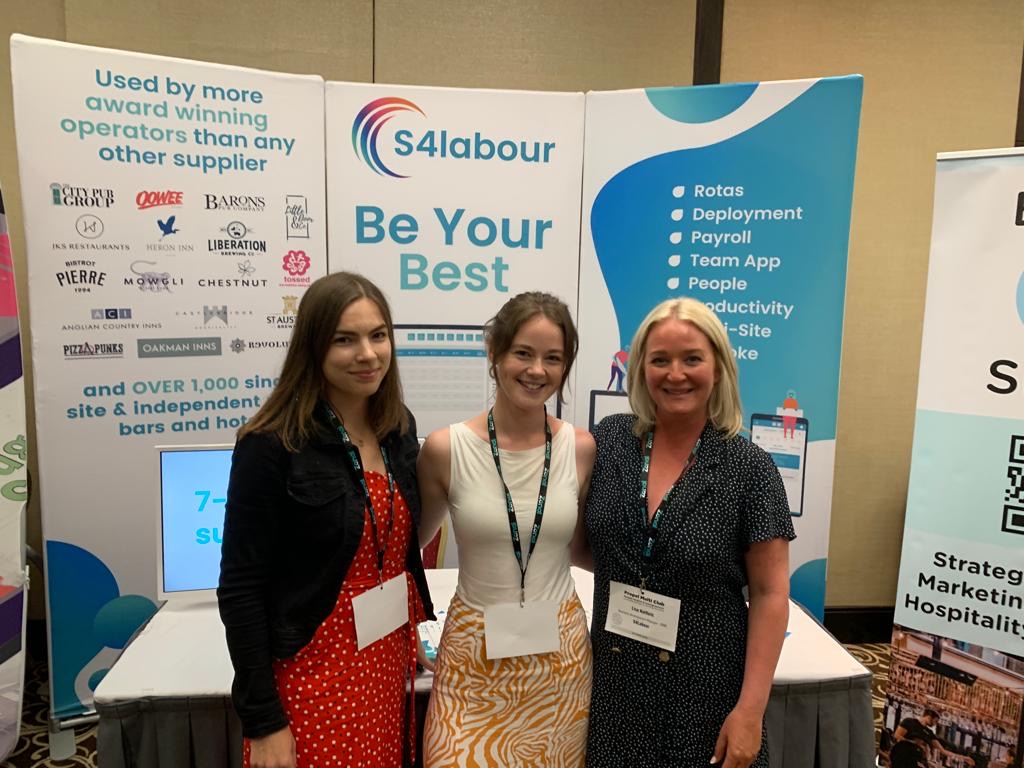It’s no secret that Tech on Toast has introduced an increasingly popular podcast to the hospitality world, with companies sharing insights and showcasing their expertise on industry trends, innovations and challenges in the tech world.
So, when our Chief Growth Officer, Richard Hartley, was offered the chance to film an episode with Chris at BrewDog Waterloo, they really got chatting.
In this blog post, we’ll delve into the key takeaways from the episode and explore why it’s a must-listen for both industry professionals and enthusiasts alike.
What’s the episode about?
In the episode, Richard and Chris discuss current challenges when it comes to labour, and how S4labour’s people-centred approach to tech helps operators to engage and retain their team. By creating efficiencies and boosting productivity through effective scheduling, Richard explains how S4labour helps both multi-site and single site businesses to engage teams and drive growth.
What are the key learnings?
1. In hospitality, we have to be more reactive
Operators have to react to whatever is thrown their way, be it the weather, train strikes, or whatever else. The further ahead you can plan your labour, the better it is.
2. “The greatest difference you can make to productivity is with really effective shift planning”
The reality of scheduling now is that there will be times in every shift when staff are not busy – these are the times that need to be filled with productive tasks. No one’s working a four-hour shift, especially in London, where most people have to travel in to work. It’s about working out how you can be effective by making sure people are busy when they’re not serving customers.
3. “A busy team is a happy team”
People want to know they’ve got tasks to do and that they are working towards the overall objective of the business – standing staring at an empty restaurant isn’t much fun. When people are engaged, they find ways to fill quiet times.
S4labour launched a shift swapping product in 2019, which became a powerful engagement tool for employees. Gen Z continue to make us rethink ways of working, and one thing that we have noticed is that they don’t necessarily want to work 60-hour weeks. Younger generations prioritise a work-life balance much more than previous generations did, so they’re happy working a 20-hour week.
Keeping employees happy, engaged and motivated is key to retention, which has become a big part of what we do. Operators using the system got really good at managing their labour costs, so now they have a focus on employee motivation, which comes down to capturing how they feel and feeding it back.
4. S4labour looks after smaller businesses as well as the larger multiples
At S4labour, we didn’t want to create something that was too complex, as some businesses might not need a big shift planning tool. For example, if they work in a small café with 2-3 members of staff. We wanted to find a way that we could right-size our offering for whoever we are talking to.
5. Labour is the biggest variable cost and therefore it gets scrutiny
Spending the right amount isn’t easy. Operators need to make sure wage rates are the right rates; that whatever they are spending every week is going to deliver the right amount of service for what walks through the door.
That’s why S4labour designed a really simple deployment graph that talks about the stress and slack. It plots for every hour of the day and integrates with 298 separate EPOS organisations.
“We give people better information to make better decisions”
6. “We will continue to evolve in the people space.”
The starting point for our tools is when an employee starts a job. From there, all HR – contract, to onboarding, right up to pensions at the end of payroll, are taken care of by S4labour. There’s such a big future within that spectrum, and we strive to keep adding that value where we can.
Sound interesting? You can watch the full podcast below or get in touch with S4labour to find out exactly how S4labour can support you in being your best.




